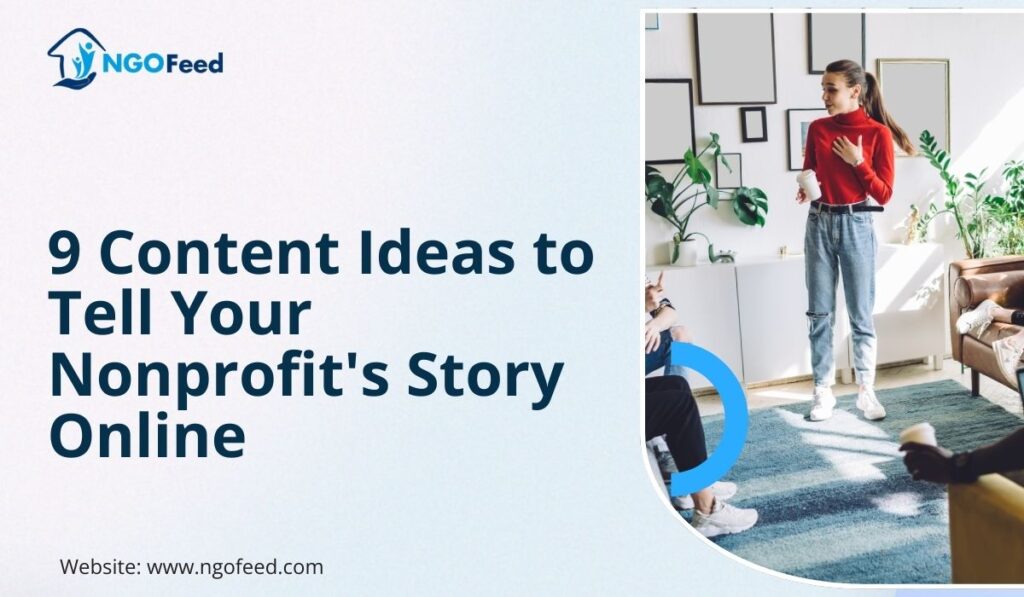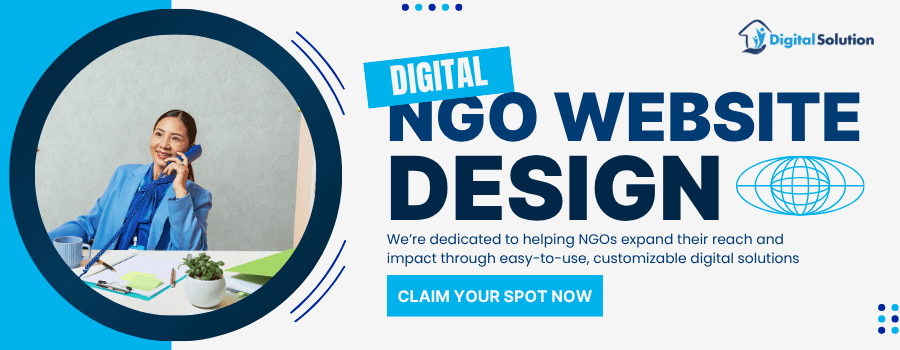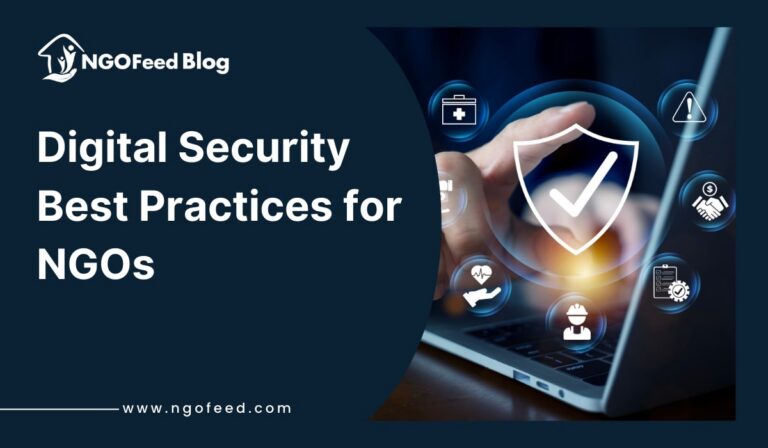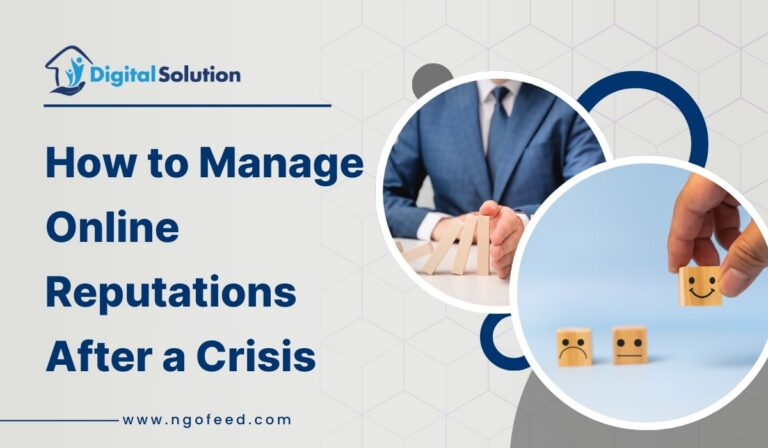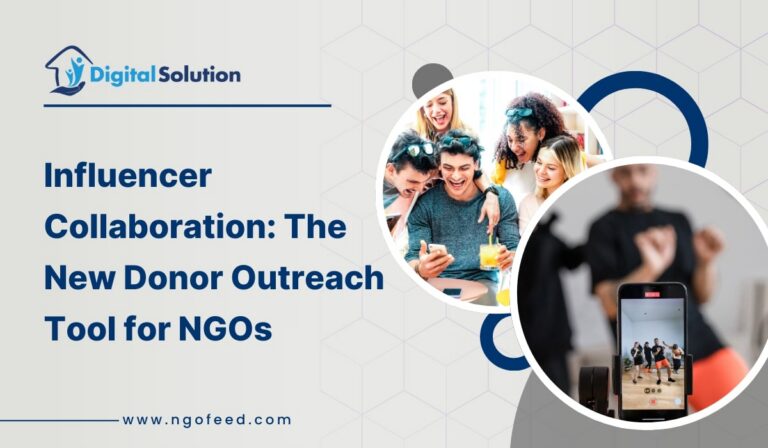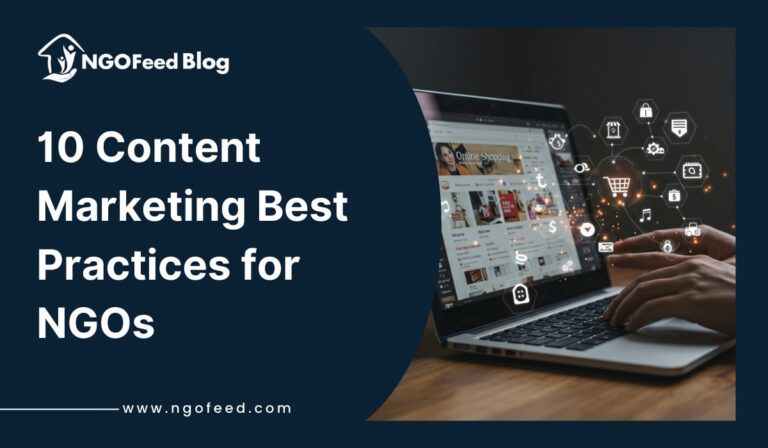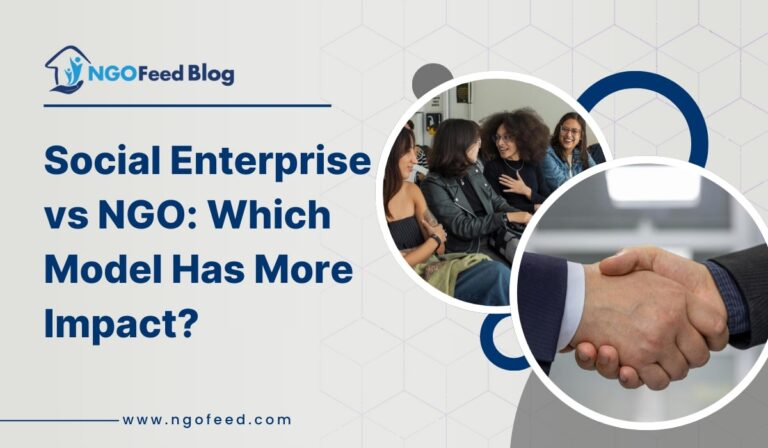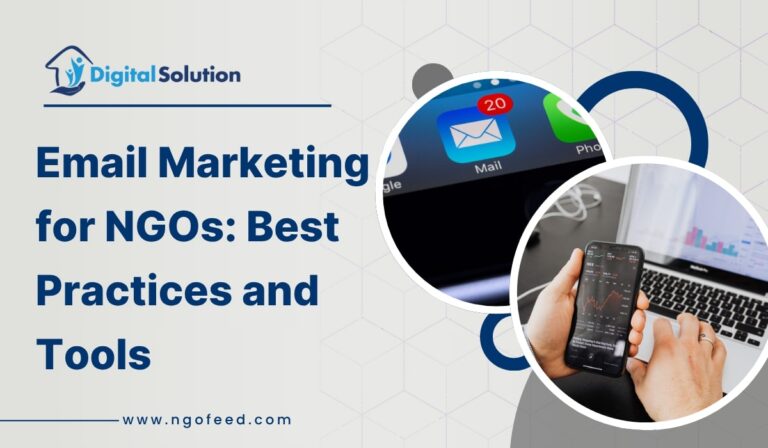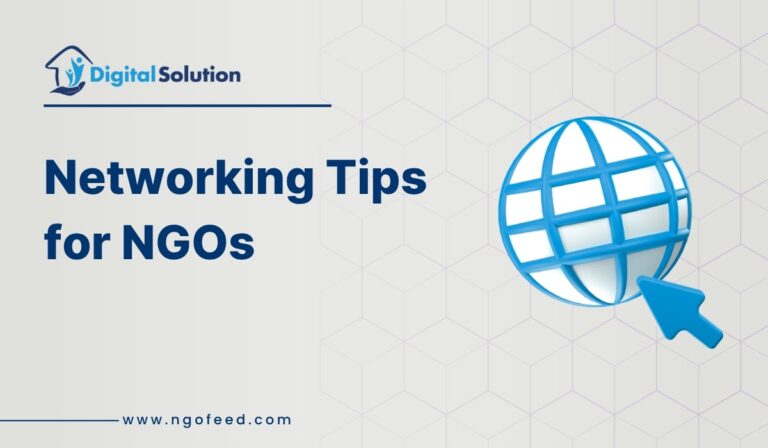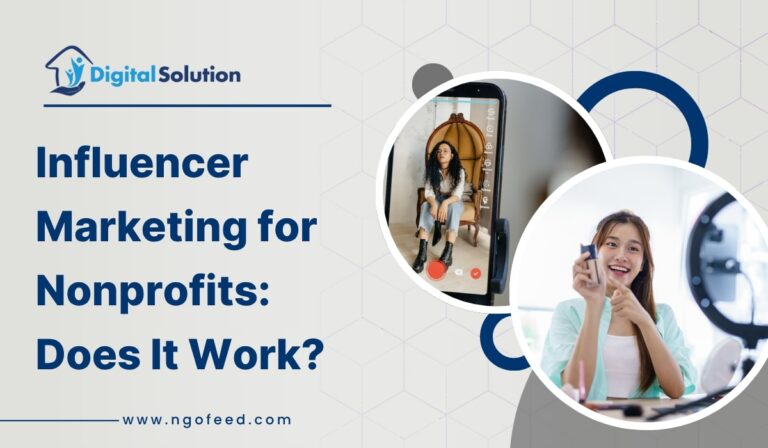9 Content Ideas to Tell Your Nonprofit’s Story Online: In today’s digital era, where everything is online, nonprofits have an incredible opportunity to make a significant effect by reaching a broader audience. But it would help if you stood out as many Non-Profit organizations are vying for attention online, so standing out in the crowd is essential. In contrast, every nonprofit has its unique story to share that deserves to be heard. Storytelling is the cornerstone of connecting with the audience, building an audience, and driving meaningful engagement. But how do you craft content that engages, inspires, and compels your audience to take action??
This is where creativity comes in and in this article, you will get 9 impactful content ideas that will not only amplify your nonprofit’s voice online but also build a loyal community of supporters who share the same passion. Whether starting with your digital presence or looking to reshape your strategy these ideas will help you craft compelling content. A well-told story not only raises awareness but also drives engagement, donations, and support for your nonprofit’s cause.
Table of Contents
9 Content Ideas to Tell Your Nonprofit’s Story Online
Below are 9 content ideas to help your nonprofit share its story online effectively:
1. The origin story
The origin story, the why of your cause, why you started this, and why it’s important to you. Sharing the origin story of your NGO, how you started it, what struggles you faced, and the motivation behind it. Sharing the origin story is a great way to connect with your audience as every nonprofit organization has its unique story of how it started. From a moment of inspiration, a challenge that needs to be addressed, or a dream of making the world better, the little efforts taken to give your nonprofit a face and share your origin story can give your NGO a heartbeat and a soul.
The beauty of sharing your origin story is its ability to connect with people emotionally. If you don’t know how to start then I’ll suggest thinking of the beginning of why you started it. Why was your nonprofit created? What problem did you see that moved you to take action? Was it a personal experience, a pivotal moment, or a deep-seated passion? Including these details and letting your audience know your view allows your audience to step into your shoes and see the world through your eyes. Also, make sure to connect emotionally with your audience as it will build a loyal and inspired community around your mission.
2. Impact stories
People connect with people not with the causes. Letting people know your purpose and the impacts you made is the key to making connections. The impact stories show how your nonprofit’s efforts make a real difference. In this, you can showcase how your nonprofits’ initiatives transform individuals and communities. This will add authenticity and inspire others to take action for better causes. Instead of mentioning numbers you can focus on an individual or communities personal stories. Make sure to add pictures, and visuals to show the real faces that benefited.
By showing your impact stories you are not only telling people what you do but also showing them why it matters and what impact it has on the lives of beneficiaries. Let the audience know how their contribution matters and how more impact can be created through their active participation.
3. User Generated Content (UGC)
The most authentic way to tell your nonprofit story is by using User Generated Content (UGC). Showcasing how your audience interacts with you, and their support with themself builds trust for your cause. The User Generated content can be in any form like photos, videos, testimonials, or social media posts by someone outside your organization. The UGC content can be shared by volunteers, donors, beneficiaries, or supporters. The important point of user-generated content is that the content is generated by genuine experiences so it is authentic and relatable.
A nonprofit can use UGC to build trust by offering raw and honest perspectives, to amplify reach as every piece shared opens a new door, also its cost-effective marketing. In the UGC nonprofits can share their volunteer spotlights encouraging volunteers to share their experience through videos, and photos tagging the nonprofit. In return, nonprofits can reshare highlighting the volunteers making the events possible. Effective ways to encourage the audience can involve providing templates, prompts, branded graphics, or customized hashtags to craft content easily. Regularly interacting with your audiences will help your nonprofit to build a stronger community.
Also Read: How to Use Content Marketing to Tell Your Nonprofit Story and Drive Engagement
4. Event or Themed content
Event or themed-based content gathers more attention than any other way. Events like fundraising, awareness campaigns, or volunteer drives offer various opportunities for nonprofits to convey their messages. Event-based content works best because it creates buzz and excitement among the audience naturally drawing attention that also encourages participation. Event or themed content is not limited to event updates, it can start with pre-event sneak peeks, behind-the-scenes stories, highlighting key speakers, on-ground activities, and post-event highlights.
These stories and activities work best for building anticipation, encouraging participation, and introducing new networks. If your nonprofit works for any particular theme or connects with it, themed-based content can help connect with the people particularly interested in that theme. Different themes or events can be conducted such as Women’s Day, Environment Day, and many more. The events show stories in motion. It can be anything from spotlighting a volunteer’s dedication to celebrating a fundraising milestone. This event can make a lasting impact.
5. Stories Behind the Scenes
Share the stories behind the scenes. People like raw, unpolished stories instead of detailed marketing-driven stories. Stories behind the scenes present unseen moments like passionate planning, heartfelt dedication, victories, and glimpses of joy. Behind-the-scenes stories matter as they showcase authenticity, build emotional connections, and foster transparency.
This can include revealing the faces behind the nonprofit mission including staff, volunteers, and every individual contributing to the mission, recording a typical day at your nonprofit showcasing all the activities that take place in day-to-day life, sharing the planning and how it works, reveal challenges and how your nonprofit overcome it, document how the mission impacted the community and appreciating efforts of those who made your nonprofit’s mission possible. These behind-the-scenes moments will capture the audience and give them a sense of belonging to your nonprofit cause.
6. Collaboration and Partnership
Collaboration and partnership are the backbone of any successful nonprofit as no nonprofit can work in isolation. Collaboration and partnership help in creating successful missions, enabling organizations to extend their reach, pool resources, and create lasting change. Highlighting nonprofit partnerships and collaboration is important for various reasons as it demonstrates credibility, expands reach, and inspires others to take action. In this section, you can introduce the partners let your audience know how this collaboration supports the nonprofit’s mission, and share a joint success story presenting the result of collaboration.
Add the testimonials of the partnered organization, engage with their community, visualize the impact show gratitude for the goodwill, and engage for future collaboration. Sharing the stories of your nonprofit’s collaboration and partnership not only introduces your nonprofit to a new audience but also showcases the power of teamwork. The collaboration conveys a great message that together we can achieve more.
7. Podcast and Audio stories
In the digital era where people are getting busy and fond of technology, podcasts and audio stories are a great way of engaging with the audience. If you think about why you should use podcasts or audio stories for your nonprofits then the benefits are clear as the main advantage is audio content establishes a deep emotional connection, it also gives on-the-go accessibility to the audience, and humanizes your mission.
The content can contain any story from volunteer voices to expert discussions, from event previews to success stories making your audience more interested in the mission. At the start keep it simple, focus on quality, keep it conversational, be consistent, and promote it across the platforms to get maximum reach. However, podcasts and audio stories can put a life to the content that written content cannot. So with the evolving trend of stories, podcasts and audio stories are a convenient way to give your nonprofit a voice.
Also Read: Reputation Management for NGOs
8. Testimonials from Donors
Every doner counts. Nonprofits know the worth of their donors, they are more than just contributors, they are the important pillar of your cause. Sharing the testimonials from donors not only highlights their generosity but also inspires others to take part in your nonprofit cause. You can ask donors for video or audio testimonials expressing why they support your nonprofit’s mission. Post thoughts or quotes by the doner along with their photo for social media platforms. You can also post thank-you stories, collaborative testimonials, and genuine reviews.
Testimonials always work better when they are genuine so make the testimonials personal, add visuals, be transparent, ask relevant questions, promote widely, keep it easy, and show gratitude. Good testimonials from donors build trust, Humanize your cause, and motivate others to support knowing their support makes a difference.
9. Volunteer stories
Volunteers are the real face behind every nonprofit they work at the grassroots to help people and fulfill the nonprofit’s mission. Sharing volunteer stories can be the primary step for any nonprofit. Volunteers inspire action, foster connection and build authenticity. Some of the content stories can be added are volunteer spotlight, day in the life of a volunteer, volunteer testimonials, group volunteering highlights, volunteers on the ground, and the milestones they achieve. Acknowledging their commitment to the content dedicated to them will inspire others to volunteer.
Add a personal touch to the content, keep it raw, add visuals, and encourage sharing across platforms. Giving the volunteers a platform to share their experiences will not only celebrate their efforts but also inspire others to join hands.

